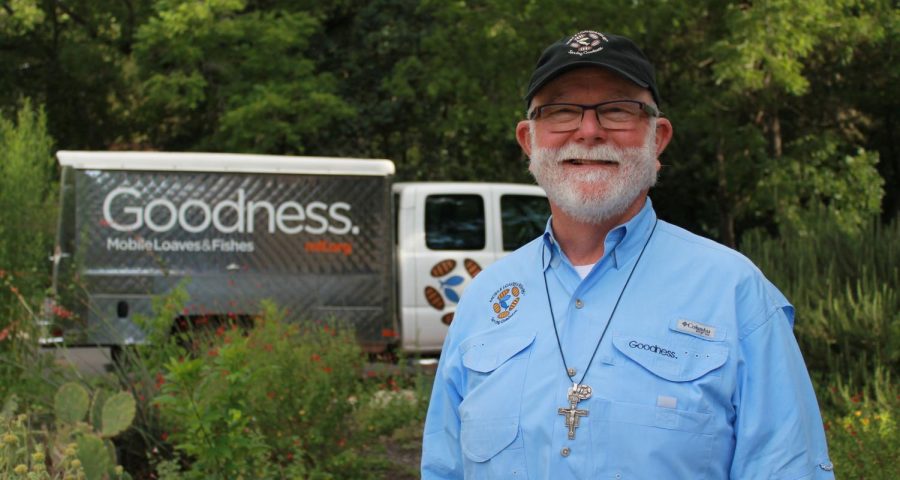Community First Village housing the homeless in Austin, focusing on dignity
Courtesy of Community First Village
Community First! Village is a 51-acre community that provides affordable, permanent housing and a supportive community for the homeless in Austin,Texas that started in 2005.
As I drove east out of Austin and turned down a road called Goodness Way, I found myself in a community unlike any other. Over 200 trailers and tiny homes were organized along curved streets and winding roads, with community buildings interspersed in between.
Community First Village is one of the most interesting solutions to homelessness I’ve heard of: long-term community-based housing, with an emphasis on humanity, dignity and relationship building. Whereas most homeless outreach comes in the forms of shelters, which offer temporary housing, Community First gives people a place to live, find work and build friendships with their neighbors.
The 51-acre complex offers affordable housing to those in need, as well as a variety of employment opportunities. Upon entering the complex, I noticed how clean and well-kept everything appeared The yards were mowed, the streets were clean and in good repair, there were community gardens, and art made by residents of the village in the community art building and jewelry from the metal shop.
There was even an onsite auto repair shop, although it had been temporarily closed due to COVID-19. What was truly wild about all of this is that the vast majority of jobs in the village are held by the residents themselves.
The food in the market mostly comes from the community garden, the yards are landscaped by residents, the community buildings are cleaned by residents daily, and the art for sale is all made by community members.
Residents run movie nights and other community events, and manage a small inn on location. The inn brings outsiders in and offers opportunities for others to learn about Community First Village. The guide on the tour I took remarked how “It’s a bit like living in a medieval village…we even have a forge and blacksmiths.”
Lori Nava, a missionary who lives at Community First Village, discussed how community has always been an important concept in designing the complex; even down to ensuring all of the houses have porches so neighbors can wave and talk to each other as they walk around.
Community First applicants have to go through a four to six month process to see if they will be a good fit. This process usually takes between four to six months. Applicants are normally people who have been homeless for more than a year. The average age is 58 years old, which means for many of them this long-term housing will sometimes be where they spend the rest of their lives.
Nava discusses how one of the hardest parts of living at Community First is when her neighbors pass away. She discusses how the community gathers in prayer and shares stories about the person.
In addition to helping foster a community, missionals also work to help readjust those who have been homeless for a long time, in many cases over a decade, to life in a home and a community.
They assist with jobs, give rides, and pick up food, and help teach people to keep a clean house, and learn good hygiene habits. Missionals also check in with people \ concerning the hard living adjustment the residents have made
“Our model is a relational model, not a transactional model, if you wanna make a difference in someone’s life it’s not the stuff or house that’s going to make a difference, it’s the human to human heart to heart relationship that’s going to make the difference so that’s where the humanity comes into it, recognizing someone’s existence,” said Community First Village Founder Alan Graham.
Alan began his work with homeless relief delivering food to those living on the streets. He then began to buy land and trailers where he could house the homeless, which eventually became Community First Village.
Community First is a solution to the issues of homelessness unlike any I have seen before, and as far as I know is the only of its kind. I would like to see more operations like Community First which prioritize humanity and dignity.







